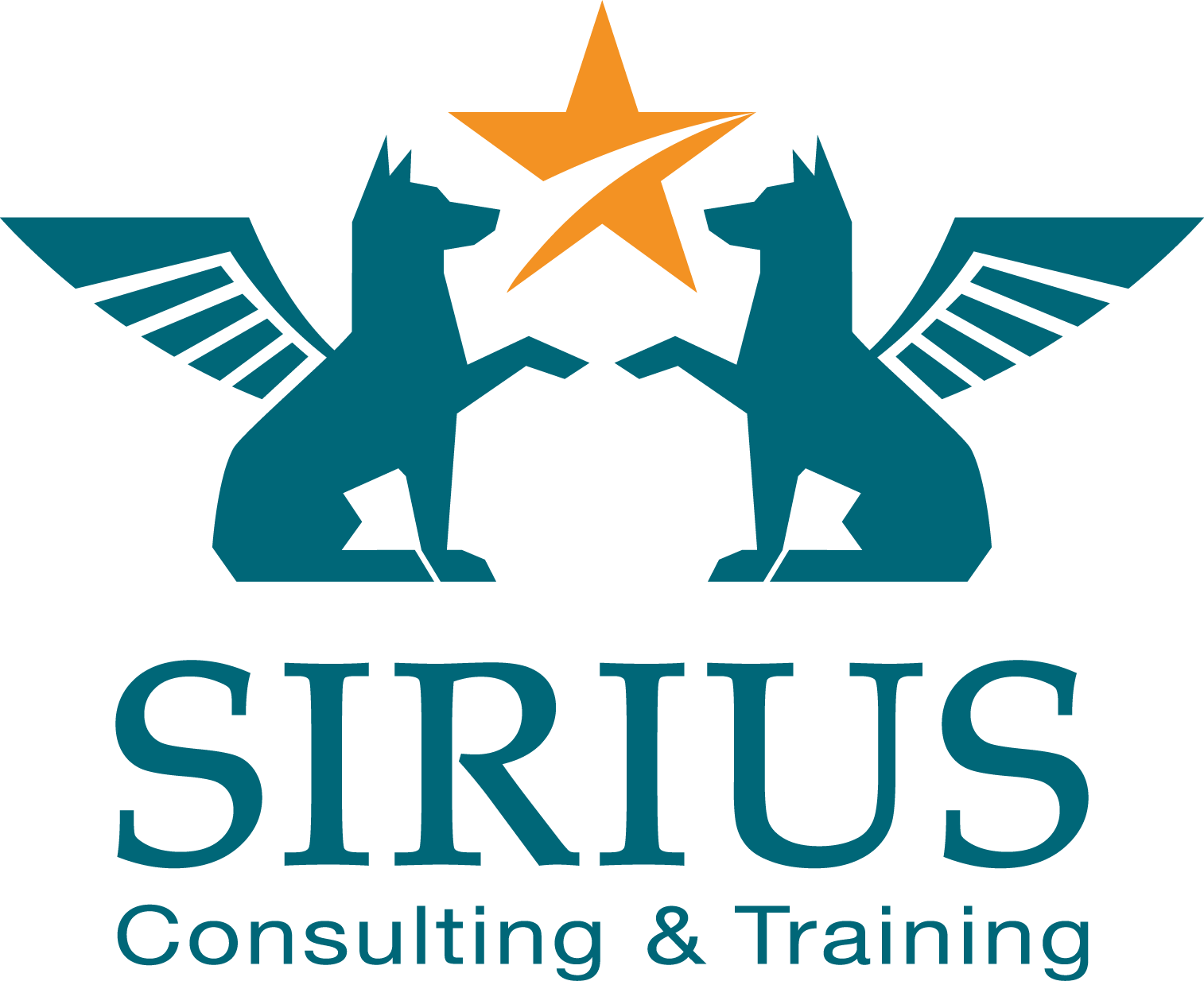After taking a close look at the core processes of master data management in our blog post “Data quality is more than freedom from errors”, presenting individual roles and tasks and picking apart the various facets of data quality, it’s now time to get down to business. In other words, which technology should actually be used to accomplish all this?
One thing is clear: data experts, sales staff, purchasers and many more who create, change or delete master data on a daily basis need a master data management (MDM) solution that is tailored to these purposes. The best way to discuss the technical details of this is with consulting companies such as SIRIUS, which supports its customers from selection to implementation. This is because it is important to differentiate and carefully balance cost and benefit aspects.
The first step should always be to formulate your own requirements for master data management as precisely as possible. The evaluation of which possible tools cover the requirements then follows. In the end, this can also result in The company does not need a dedicated master data tool at all, for example because it only creates 100 customers or suppliers per year. Or because in its simple system architecture only a few applications exchange master data objects with each other. However, this exchange also requires dedicated processes and technical interfaces that need to be formulated and sharpened.
Application scenarios that speak in favor of an MDM solution
For large companies with several locations and turnover in the hundreds of millions, the situation is usually different. ERP, CRM and SCM systems interact with each other, for example, and there are many different cross-location roles that are all involved in some way in the creation or change process of an object. Such processes need to be orchestrated and this is precisely where MDM tools come into their own. In a complex IT architecture, all existing systems have different data models and should be married and synchronized so that they can communicate with each other. An MDM tool can support this as a central hub and single point of truth.
Larger companies are usually spread across several locations, which often use different ERP systems. In this case, there are constant updates and roll-outs, new ERP systems are introduced at the individual locations, etc. It is important to ensure that the old world can communicate with the new world, as the data models can change with each new system. Most MDM tools support this by being able to store the various data models.

„When deciding on an MDM tool, you need to think carefully about which functions you need and which you do not. General topics such as pricing models and system architecture also play a role. SIRIUS supports its customers in the selection process.“
– Konstantin Grün, IT Consultant
Merging locations, replacing old workarounds
In the SAP environment in particular, it is often the case that master data functions such as workflows or the creation/modification of master data are executed via z programs written a long time ago – SAP has been “misused” here as a master data tool, so to speak. Requests are started via these old programs and tasks end up with different people. The main problem here is maintainability, because with complex ABAP code, there are clear limits to orchestration and changes. The people responsible for this are often no longer in the company, which makes further development even more difficult.
An MDM tool is much easier to maintain and allows all the necessary master data management functions to be set up and adapted at any time: using predefined and configuring your own workflows, monitoring via dashboards, duplicate checks or data validations. Above all, it offers out-of-the-box interfaces to other data quality management systems, address databases, tax offices, etc.
Four selection clusters in the tool analysis
When selecting a suitable solution, it is not just about the functional requirements. Three further clusters must be included in the evaluation: Information about the manufacturer of the solution, non-functional requirements and licensing/pricing issues.
In terms of functionality, MDM tools can be divided into six basic categories: Lifecycle management, quality management, master data logistics, metadata management, administration and cross-sectional functions. Each of these categories is in turn divided into individual functional areas. In the case of life cycle management, this would be master data creation, maintenance, deactivation, archiving and search, while in quality management it would be data analysis, enrichment and cleansing, etc.
Some of the tools available on the market differ considerably in terms of whether they use a predefined or a user-defined data model, which data models they generally support, whether mass data can be integrated or changed, whether data changes can be recorded for audit purposes, whether workflows can be created without developer knowledge, etc.
Specialist or universalist?
Every tool has strengths and weaknesses in all areas; there are specialists as well as universalists. The task of a service provider such as SIRIUS is therefore to define the customer’s requirements for certain functions together with the customer, weigh them up and make a tool preselection on this basis.
At the same time, aspects from the other three clusters should be scrutinized: Has the manufacturer been on the market for some time? What is its perspective, what proportion of total sales does MDM account for (i.e. is MDM the core business?), are support services offered? For many companies, it is crucial whether the solution is operated in the cloud or on-premises or whether different users can be assigned differentiated read/change authorizations. These would be manufacturer-related or non-functional requirements that are detached from the actual topic of MDM.
Conclusion: the overall picture is decisive
Finally, the question of which license models are available (subscription or one-off purchase), whether billing is based on modules, functions, data records or transactions and how many users can work with the tool at the same time must be answered. In this respect, the solutions on the market differ considerably in some cases. It is therefore a big picture that SIRIUS develops together with the customer so that they can find the MDM solution that best suits their needs.
Titelbild: © Worawut Prasuwan/Getty Images



